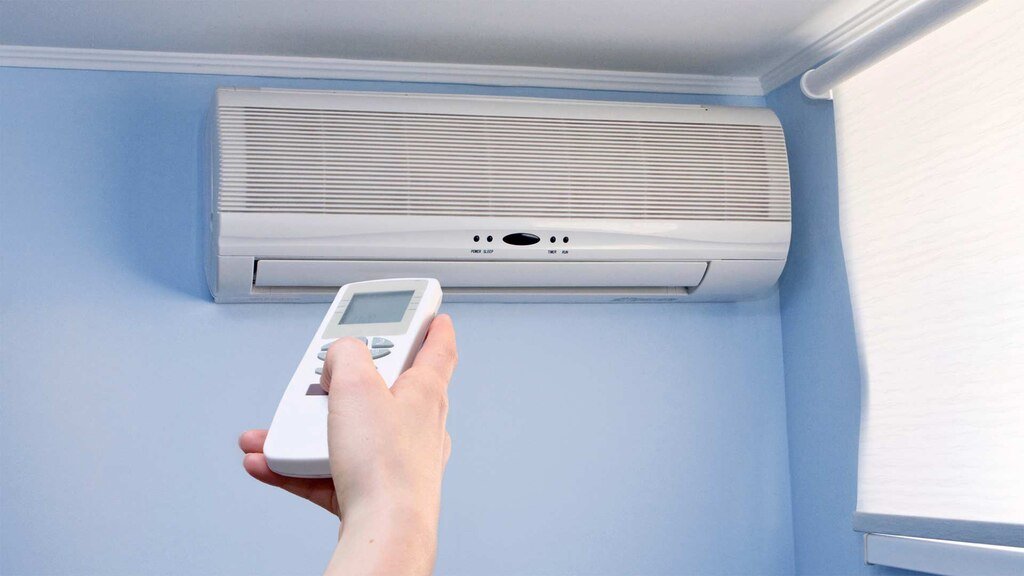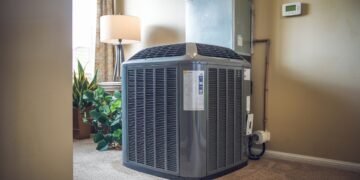Mini-split systems are energy-efficient, easy to install, and offer heating and cooling capabilities. When it comes to heating and cooling your home, there are many options. This step-by-step guide comes in.
This guide walks you through choosing the right mini-split system for your home. We’ll cover everything from sizing and capacity to energy efficiency and features.
By the end, you’ll clearly understand what to look for and how to make an informed decision. So, if you’re considering a mini-split system for your home, read on to learn how to choose the right one.
Choosing the Right Type of Mini Split System
When choosing the right mini-split system, a few factors must be considered. You can also go through the Best Mini Split Resource Online to choose the best one. This section will discuss the two main types of mini-split systems and their differences.
Single-Zone vs. Multi-Zone Systems
You must first decide whether you need a single-zone or multi-zone mini-split system. A single-zone system is designed to cool or heat a single room or area. In contrast, a multi-zone system can connect one outdoor unit to 2-5 indoor units, allowing you to cool or heat multiple rooms or locations simultaneously.
A single-zone system may be the best option if you only need to cool or heat one room. However, if you need to cool or heat multiple rooms, a multi-zone system may be more efficient and cost-effective in the long run.
Ductless Mini Split vs. Central Air Conditioner
Ductless mini split systems are typically more energy-efficient than central air conditioner systems, as they do not lose energy through ductwork. They are also easier to install and can be mounted on a wall, floor, ceiling cassette, or suspended from the ceiling. However, better options may be for homes with poor insulation or drafty windows.
Central air conditioner systems are typically more potent than ductless mini-split systems and can quickly cool or heat larger areas. They are also less visible than ductless mini-split systems, as the ductwork is hidden behind walls or ceilings. However, they can be more expensive to install and maintain and may not be as energy-efficient as ductless mini split systems.
When choosing between a ductless mini split and a central air conditioner system, consider the size of your home, the quality of insulation, and your budget. A ductless mini split system may be the best option for a house with good insulation. A central air conditioner system may be more efficient if you have a larger home with poor insulation.
Sizing Your Mini Split System
When it comes to sizing your mini split system, there are a few things to keep in mind. The size of your mini split system will depend on the size of the room or area you want to cool or heat. This section discusses the two main methods.
Rule of Thumb vs. Sizing Chart
One way to determine the size of your mini split system is by using the rule of thumb method. This method suggests you need about 20 BTUs per square foot of living space. However, this method is only sometimes accurate and can lead to short cycling, which can impact the energy efficiency of your system.
A more accurate way to size your mini split system is by using a sizing chart. These charts consider the room’s size, the insulation, and the climate zone. Using a sizing chart ensures that your mini split system is the right size for your needs and will operate efficiently.
BTU Rating and Heating Capacity
BTU rating is an essential factor to consider when sizing your mini split system. BTUs, or British Thermal Units, measure the heat your mini split system can produce. The higher the BTU rating, the more heat your system can have. Choosing a mini-split system with the appropriate BTU rating for your room size is essential to ensure it can efficiently cool or heat your space.
Heating capacity is another important factor when sizing your mini split system. This refers to the heat your system can produce when operating in heating mode. Choosing a mini-split system with sufficient heating capacity ensures your space is comfortable during colder months.
Installation Process
When it comes to installing a mini-split system, there are a few things you need to keep in mind. Here are the steps you should follow to ensure a successful installation:
Mounting Bracket and Accessories
Before you start the installation process, you must ensure you have all the mounting brackets and accessories. These include the wall bracket, the refrigerant lines, and the electrical wiring. You should also have a drill, a level, and a hole saw.
When it comes to the mounting bracket, you must ensure it is installed correctly. The frame should be level and securely attached to the wall. This will ensure your mini split system is stable and won’t fall off the wall.
Maintenance Cost and Energy Efficiency
One of the benefits of a mini-split system is that it is energy-efficient. However, it’s important to remember that the maintenance cost can vary depending on your chosen system. Some systems require more maintenance than others, so it’s essential to research before purchasing.
Regarding energy efficiency, you should look for a system with a high SEER rating. This will ensure that your system is energy-efficient and save you money on your energy bills.
Waste and Short Cycling
Ensuring no waste or short cycling is essential when installing a mini-split system. Waste occurs when the system needs to be appropriately sized for the room it is being installed in. Short cycling occurs when the system turns on and off too frequently, which can cause damage to the system.
To avoid waste and short cycling, you should ensure that the system you choose is appropriately sized for the room in which it is installed. You should also ensure that the system is installed correctly and that there are no leaks in the refrigerant lines.
Conclusion
You should now understand how to choose the right mini-split system for your home. Choosing the right size is crucial for optimal temperature control and efficiency. Consider the size, budget, number of rooms, and any garages or additions needing coverage.
Overall, choosing the right mini-split system requires careful consideration and research. But with the correct information and understanding of your needs, you can find a system that provides optimal temperature control and efficiency for your home.
Recommended Posts:















